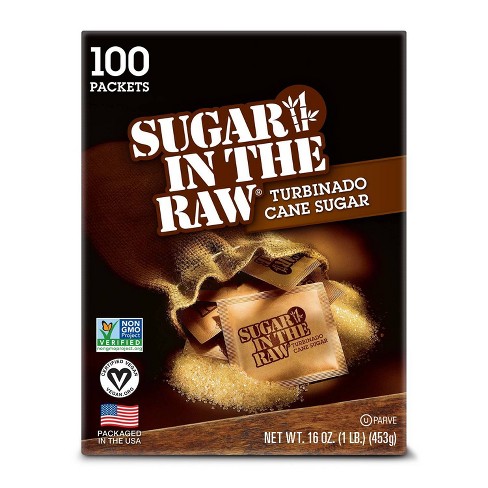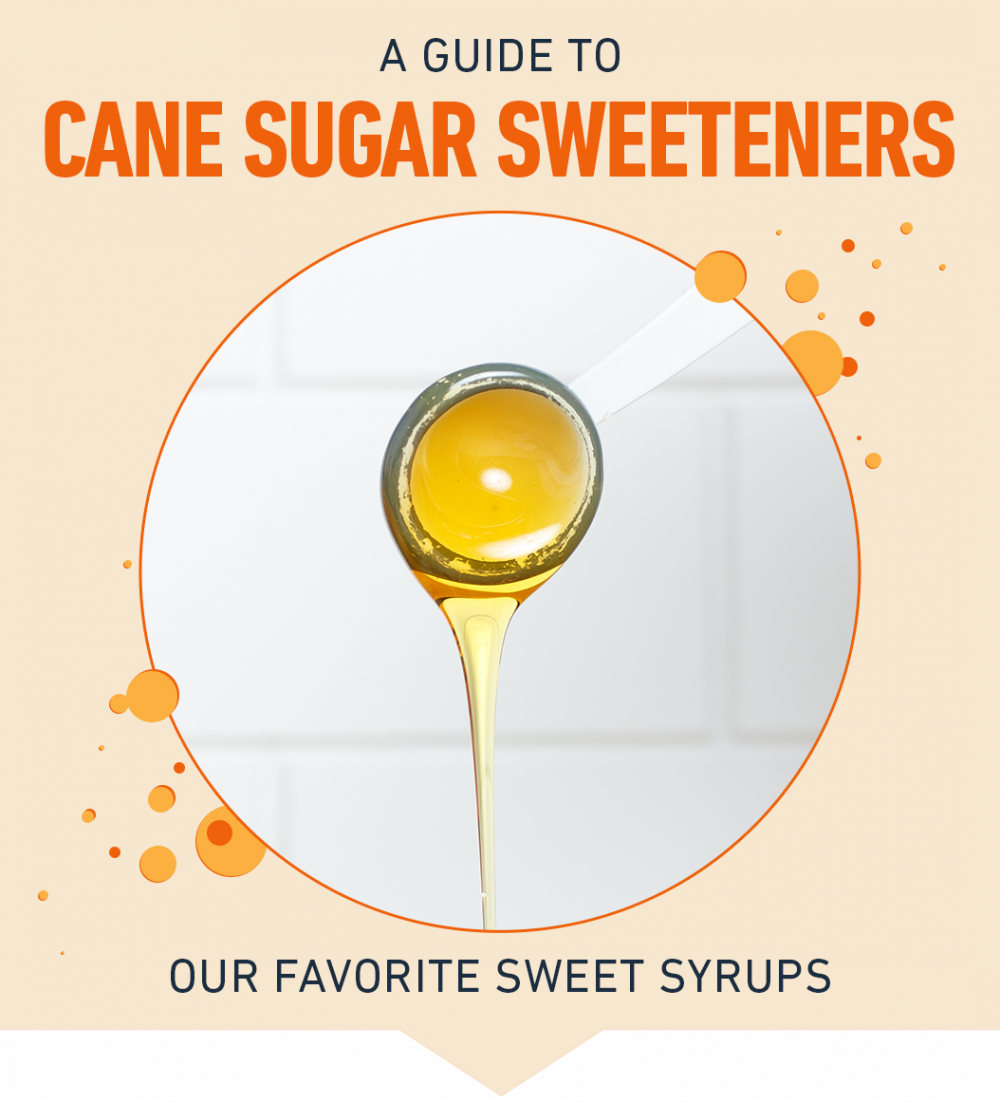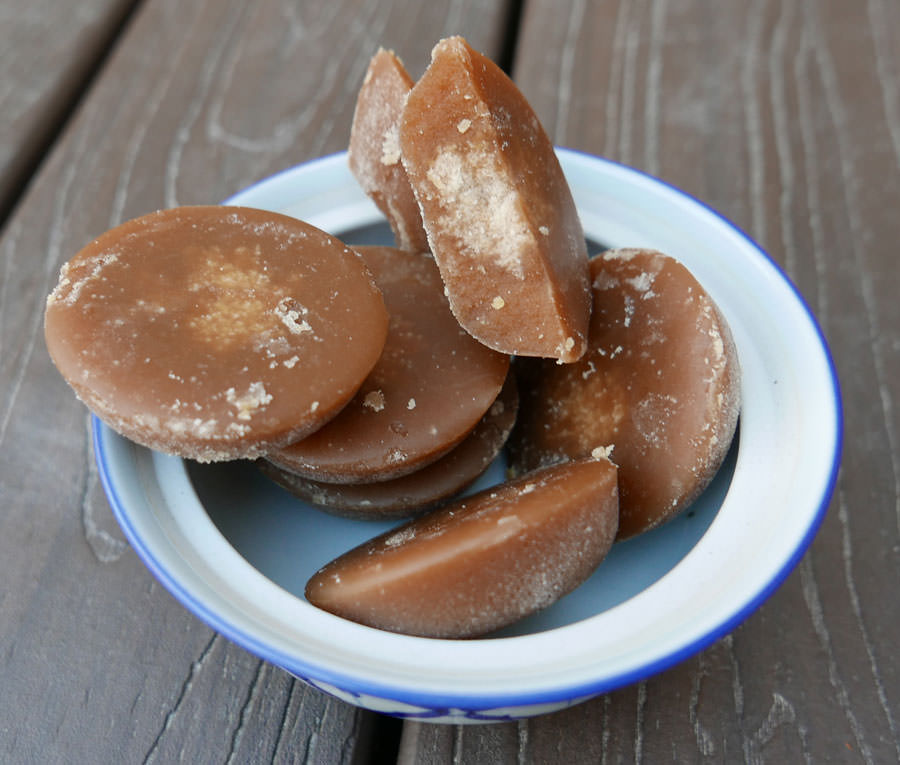Exploring the Comprehensive Steps Associated With Walking Stick Sugar Processing From Harvesting to Improvement
The procedure of walking cane sugar production includes a series of intricate actions, beginning with the careful harvesting of sugarcane and culminating in the improvement phases that make sure the final product meets market requirements. Each stage, from the removal of juice to the filtration and formation procedures, plays a crucial duty in identifying the quality and character of the sugar. Understanding these stages not just highlights the intricacy of sugar production but additionally increases crucial concerns concerning performance, sustainability, and technology in the industry. What ramifications do these factors have for future practices?
Harvesting Sugarcane
Harvesting sugarcane is an important action in the walking stick sugar handling chain, as it straight affects the top quality and return of the last item. Proper timing and techniques are important during this stage to make certain optimum sugar content and lessen losses. Typically, sugarcane is gathered when it gets to maturity, normally 12 to 18 months after growing, characterized by a high sucrose concentration.

Post-harvest, the sugarcane must be processed promptly to stop sucrose destruction. Ideally, collected walking stick needs to be moved to refining facilities within 1 day to preserve sugar top quality. Therefore, effective logistical preparation is important to keep the stability of the collected plant throughout the supply chain.
Removal Process

The smashed walking cane undergoes a collection of pushing procedures to take full advantage of juice healing. Typically, hot water is sprayed onto the crushed cane, creating a countercurrent flow that assists dissolve the sugar while likewise aiding in the extraction procedure. The juice accumulated from this procedure contains not only sugar yet additionally different organic compounds and impurities.

To boost removal effectiveness, some centers may employ diffusion methods, where the sugarcane is soaked in hot water, enabling the soluble sugars to diffuse into the liquid. The resulting juice, rich in sucrose, is then directed to subsequent handling phases, laying the structure for purification and refinement. The extraction process is therefore critical in figuring out the top quality and yield of the final sugar item.
Filtration Techniques
The filtration strategies used in walking stick sugar processing are important for changing the raw juice into a high-grade sugar product. These approaches mainly intend to remove impurities, such as dirt, plant materials, and inorganic materials, which can adversely impact the last product's taste and shade.
This process includes including lime and heat to the raw juice, which facilitates the coagulation of pollutants. Additionally, the use of phosphoric acid can boost the information process by further binding contaminations.
One more significant method is carbonatation, where co2 is introduced to the cleared up juice. This response produces calcium carbonate, which catches staying pollutants and promotes their removal.
Additionally, triggered carbon treatment may be put on adsorb any type of staying colorants and organic pollutants, making sure a much more polished product. The combination of these methods efficiently prepares the sugar juice for subsequent actions in the refining procedure, establishing the stage for the production of high-grade walking cane sugar.
Crystallization Techniques
After the purification stage, the next important action in cane sugar handling includes crystallization methods, which play a pivotal role in changing the cleared up juice right into strong sugar. This process usually employs 2 main methods: spontaneous crystallization and regulated crystallization.
In spontaneous crystallization, supersaturated sugar remedies are permitted to cool down naturally, leading to the development of sugar crystals over time. This technique allows for the consistent growth of sugar crystals and greater purity.
Throughout formation, the made clear juice great post to read is focused via evaporation, boosting its sugar web content until it reaches supersaturation. As soon as this factor is accomplished, either technique can help with the formation process. Cane Sugar Processing. The resultant sugar crystals are click this link then divided from the continuing to be syrup with centrifugation
Inevitably, the choice of crystallization approach influences the quality, size, and purity of the final sugar product, making this step crucial in the total cane sugar processing treatment.
Improvement and Product Packaging
How can the purity and top quality of walking cane sugar be further boosted after crystallization? The refinement procedure plays a crucial role in achieving top quality cane sugar.
Next, the sugar is subjected to a procedure called centrifugation, where it is spun at broadband to divide the cleansed sugar crystals from the remaining fluid. After centrifugation, the sugar is commonly further improved with a method called carbonization or phosphatation, which makes use of triggered carbon or phosphoric acid to eliminate shade and off-flavors.
When refined, the sugar is dried to achieve the wanted wetness web content, making certain that it stays secure throughout storage and transport. The last step involves product packaging the polished sugar in impermeable and moisture-proof containers to keep its top quality and prevent contamination. Cane Sugar Processing. Proper product packaging not just extends rack life yet also promotes simple handling and circulation, guaranteeing that customers receive sugar that fulfills the highest possible requirements of pureness and top quality
Final Thought
The extensive actions involved in cane sugar handling, from the thorough harvesting of sugarcane to the intricate refinement and packaging stages, emphasize the importance of each phase in guaranteeing top quality sugar manufacturing. Optimum harvesting techniques, effective extraction techniques, and strenuous purification processes jointly add to the end product's purity and security. The crystallization and subsequent product packaging practices better boost the honesty and life span of the sugar, highlighting the complexity and accuracy integral in this necessary agricultural sector.
The process of cane sugar production includes a collection of detailed actions, starting with the mindful harvesting special info of sugarcane and culminating in the refinement phases that guarantee the last item meets industry standards. Ideally, gathered walking stick must be transferred to processing centers within 24 hours to maintain sugar quality.In spontaneous condensation, supersaturated sugar options are enabled to cool naturally, leading to the formation of sugar crystals over time - Cane Sugar Processing. The refinement procedure plays a crucial duty in attaining high-grade walking stick sugar.The extensive actions entailed in cane sugar handling, from the careful harvesting of sugarcane to the elaborate refinement and product packaging stages, emphasize the significance of each phase in guaranteeing premium sugar manufacturing